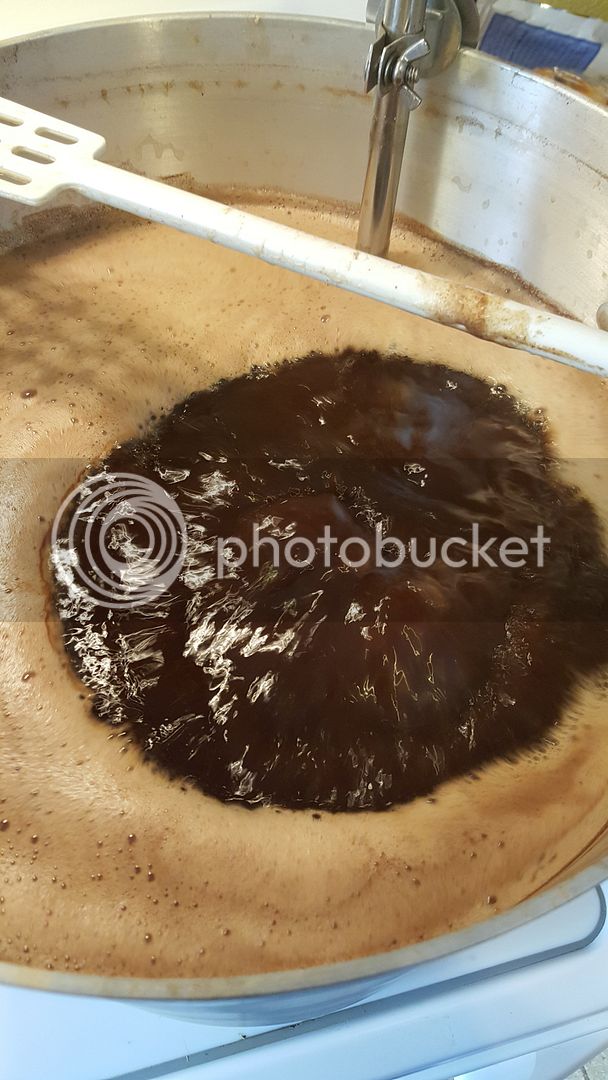mrphillips
Well-Known Member
Like many homebrewers stuck in the world of partial mashes, I am yearning to expand to brew-in-a-bag (and of course, eventually AG).
Is it necessary to invest in an 8 gallon brewpot, or is it possible for me to make the transition to BIAB with my 5 gallon pot?
Also, would it be worth investing in an 8 gallon pot if I continue partial mashes? I have made many good beers, a few great bears, but I have never done a full boil. I'm not sure if a full boil would yield more "great" than "good" beers.
Is it necessary to invest in an 8 gallon brewpot, or is it possible for me to make the transition to BIAB with my 5 gallon pot?
Also, would it be worth investing in an 8 gallon pot if I continue partial mashes? I have made many good beers, a few great bears, but I have never done a full boil. I'm not sure if a full boil would yield more "great" than "good" beers.





























![Craft A Brew - Safale S-04 Dry Yeast - Fermentis - English Ale Dry Yeast - For English and American Ales and Hard Apple Ciders - Ingredients for Home Brewing - Beer Making Supplies - [1 Pack]](https://m.media-amazon.com/images/I/41fVGNh6JfL._SL500_.jpg)






























